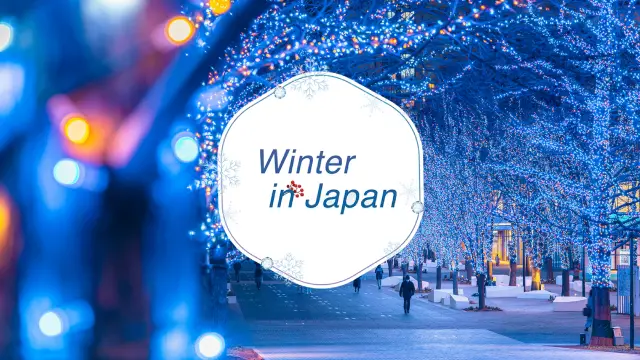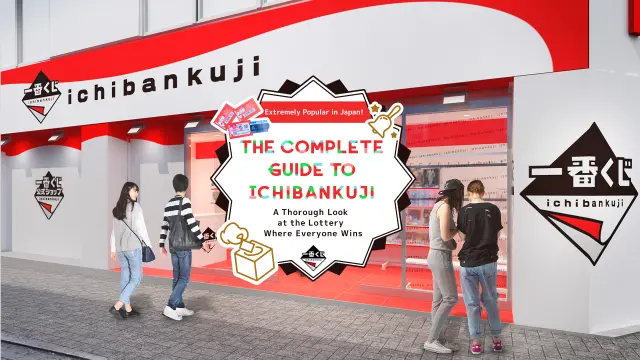The premises has the Kyoto Imperial Palace at the center in which Meiji Emperor lived until he moved to Edo, surrounded by the town where the homes of aristocrats lined up. In Meiji Period, the premises were turned into the Kyoto Gyoen Park. Kyoto Imperial Palace and Kyoto Sento Imperial Palace are still used by the imperial families.
Kyoto became a capital city when Emperor Kanmu built Heian-kyo in 794. Before then, the imperial palace was further west. It was moved to the current location when Emperor Kogon of the northern kingdom was enthroned in the 13th century. Through the Battle of Onin and passage of time, the palace became dilapidated, then Oda Nobunaga and Toyotomi Hideyoshi helped repair it. In Edo Period, homes of aristocrats were back in the surrounding neighborhood. The current architecture such as Shishinden Hall was rebuilt at the end of Edo Period according to the ancient style, which has been open to the public since 2016. No need to make a reservation for a tour.
Kyoto Omiya Palace and Kyoto Sento Imperial palace were built next to the imperial palace as residences for emperors and empresses. The tour in these halls requires a reservation. although most of the architecture in the palace premises were removed, the aristocrat, Kujo Family’s elegant tea house, Shusui Tei, still remains.
Highlights
-
Touring Kyoto Sento Imperial Palace requires a reservation. Follow the tour guide.
-
Shishinden at Kyoto Imperial Palace was used for important official ceremonies such as the enthronement of an emperor.
-
Besides the architecture, lots to see such as the pond and the bridge.


































